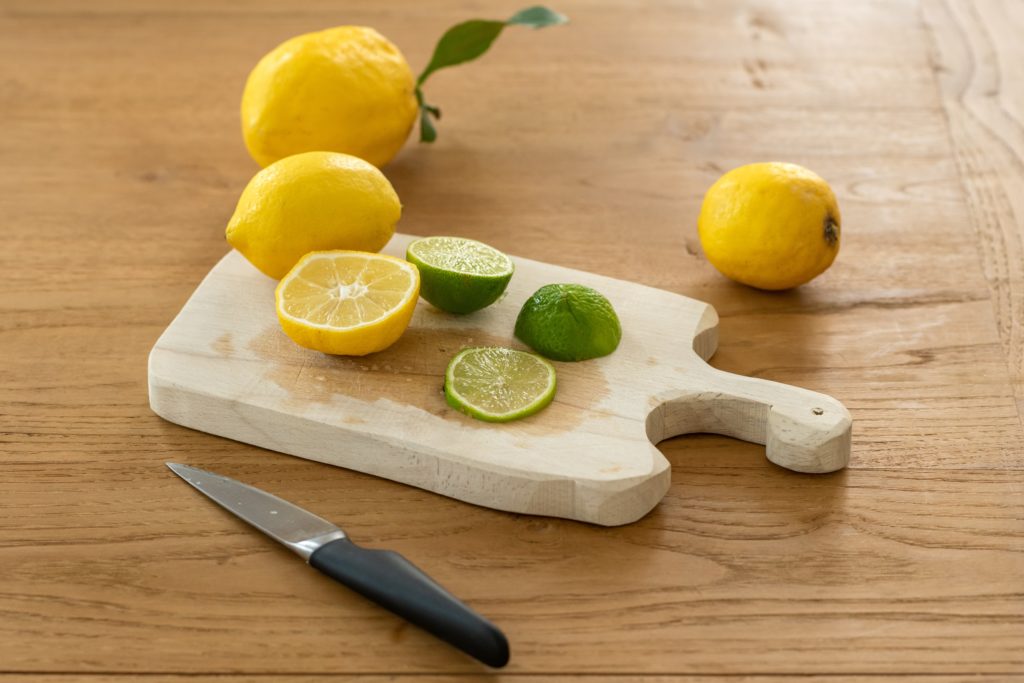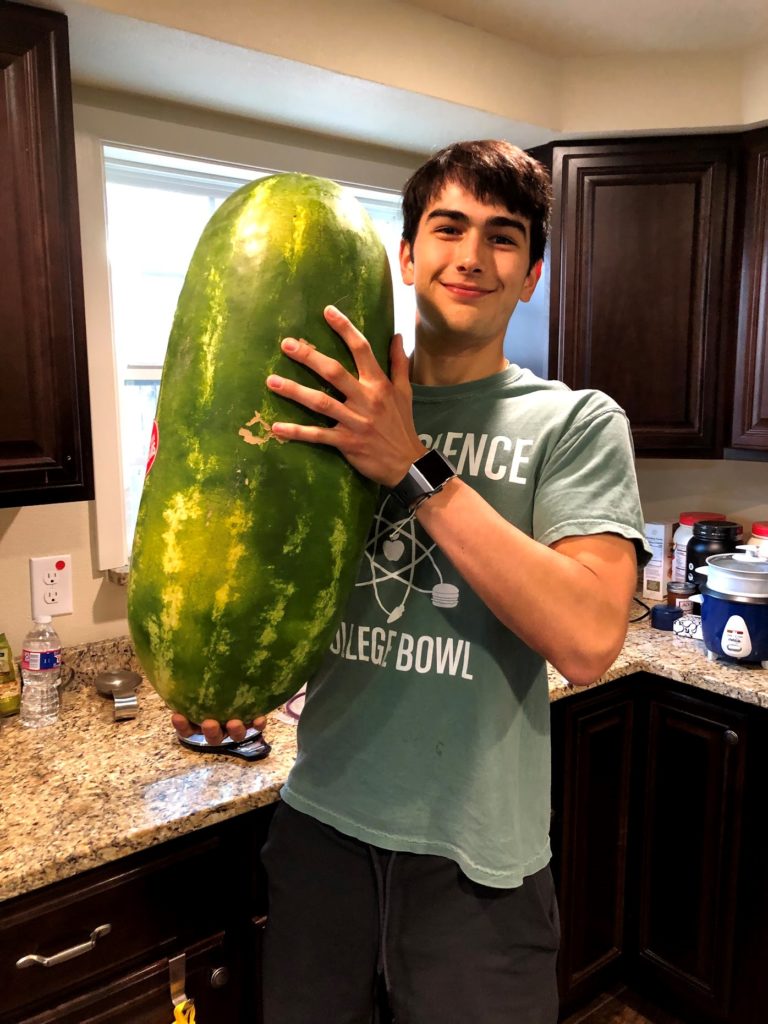By Jacob Webster-Jones
Why do certain foods taste good together? In a world full of different flavors, we should have an astronomical amount of tasty combinations just waiting to be discovered. The food pairing theory states that foods that taste good together e.g., chocolate and coffee share enough of the same flavor compounds and foods that do not share a significant amount of the same compounds will not pair well together.1 Alright, so green beans and chocolate might not be your new go-to snack but the two seemingly unrelated foods have more in common than you would think.
What are Flavor Compounds?
The overall perception of flavor is a combination of taste (sweet, salty, bitter, sour, umami), chemical sensations (carbonation, spicy heat, metallic feelings, cooling, burn), and aromatic volatile substances (aroma). These aromatics are organic compounds that when inhaled come into contact with nerve receptors and create a stimulus in the brain that tells you what you’re eating.
Not every food has their own unique compounds, there isn’t a specific cherry or chocolate volatile compound. These compounds are shared across all foods but vary in concentrations within that food. For example, a lemon and lime have different flavors but are made up majority of the same compounds like limonene. These compounds just differ in the relative amounts present in each.

Photo by Elena Kloppenburg on Unsplash
How Do We Distinguish Flavors?
Mixtures of volatile compounds enter the nasal cavity and meet little nerves on the olfactory epithelium. Here, they are sensed which results in a stimulus sent to the brain telling it “this is a lemon flavor.” Your brain can recognize an amazing number of flavors and odors that you’ve tasted before regardless of if you can identify them; if you’ve seen the Pixar movie, Ratatouille, recall one of the final scenes where Anton takes a bite of Remy’s dish and has flashbacks to his childhood. You might not have that vivid of an experience each time you eat your favorite meal, but your brain remembers that mixture of compounds and tries to relate it to other experiences. This ability to remember odors and flavors extremely well is most likely a survival skill from the hunter-gatherer days of human history.
Some Resources to Find Your Next Flavor Pairing
There are a few resources such as foodpairing.com which has taken a lot of the heavy researching out for you and allows pairing based on an initial food choice; the downside with this one is that the paid versions get you more features but the free version is still fun to play around with. Another resource that’s really useful is flavordb, this one has the most extensive and free library of foods and compounds. Finally there’s the Scientific American’s Flavor Connection graphic which is the least customizable but has a really nice interface and is easy to use.
If you want to go the extra mile or just have some free time on your hands you can always scour scientific journals for volatile compound analysis of different foods and find some that match. As fun as this way is (everyone likes doing this right???) it is VERY time consuming and most of the information is behind a paywall unless you have university access.
Great So Now What?
With some basic knowledge of how flavors pair with each other, I encourage you to explore some different food pairings to see if they work! Green beans and chocolate maybe? To give you a little inspiration here are some of the more popular unusual flavor pairings I’ve seen:
- White chocolate with caviar (these share the compound trimethylamine)
- Blue cheese with chocolate.
Good luck and happy pairing!
REFERENCES
- Ahn, YY., Ahnert, S., Bagrow, J. et al. Flavor network and the principles of food pairing. Sci Rep 1, 196 (2011). https://doi.org/10.1038/srep00196
 Jacob Webster-Jones | Linkedin
Jacob Webster-Jones | Linkedin
SMF Blog Writer
Jacob found his passion for food science while on an elementary school field trip to a R&D lab in San Antonio, Texas. Since then he has been interested in why food behaves the way it does and how it can be used to improve people’s quality of life. He is currently pursuing his bachelor’s degree in Food Science & Technology from Texas A&M University and is the current president of his school’s food science club and IFTSA chapter. After he graduates, Jacob plans on going to work for a few years before returning to start a graduate degree, his ultimate goal is to work in research and development for a flavor company. On the off chance he has free time you can find him experimenting in the kitchen or enjoying the outdoors.






Leave a Reply